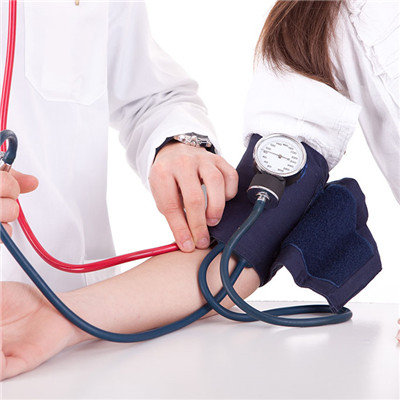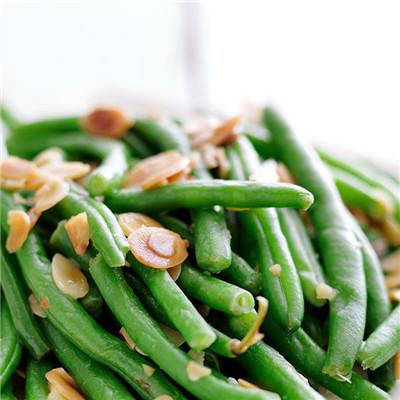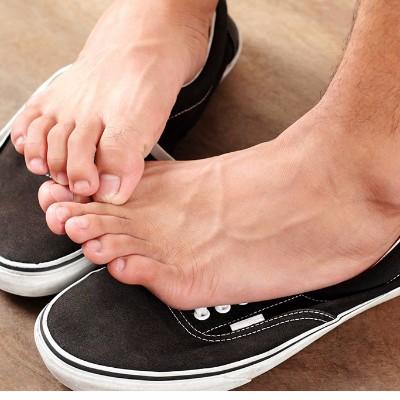Wrist eczema symptoms?
summary
External factors such as various chemicals (such as cosmetics, soap, synthetic fiber), animal fur, living environment and climate conditions can induce hand eczema. Internal factors such as food, mental tension, insomnia, excessive fatigue, emotional changes can produce conditions that aggravate hand eczema. Wrist eczema symptoms? Let's talk about it
Wrist eczema symptoms?
The skin lesions of hand eczema show subacute or chronic eczema, often occur on the back of fingers and palmar surface of fingertips, and can spread to the back of hands and wrists, with unclear boundary or small patches of skin lesions. Chronic course of disease can be infiltrated hypertrophy, due to finger activity appear chapped. The skin around the nail is swollen, and the nail is thick and irregular.
Hand eczema can also occur in the palm, with limitations, but the edge is not obvious, more rough, there are hillock herpes, herpes and infiltration hypertrophy, often cracking in winter. Hand eczema occurs only in the fingertip, also known as fingertip eczema. When it occurs in the middle of the palm and the palmar side of the fingers, the skin lesions are dry and the cuticle is hyperplastic,
Chapped hands are called chronic recurrent blister / keratoproliferative hand eczema. Skin lesions can also occur in the adjacent two fingers to the distal metacarpophalangeal joint skin, skin lesions such as apron shape, also known as apron eczema. Hand eczema caused by frequent contact with animals and viscera is also called slaughterhouse eczema.
matters needing attention
In subacute stage, glucocorticoid emulsion and paste can be used. In order to prevent and control secondary infection, antibiotics can be added; Ointment and hard ointment can be used in chronic period; Intractable localized lesions can be injected with glucocorticoid. We should avoid all kinds of suspicious pathogenic factors, avoid eating spicy food and drinking alcohol, and avoid excessive washing and scalding and mental stress.












